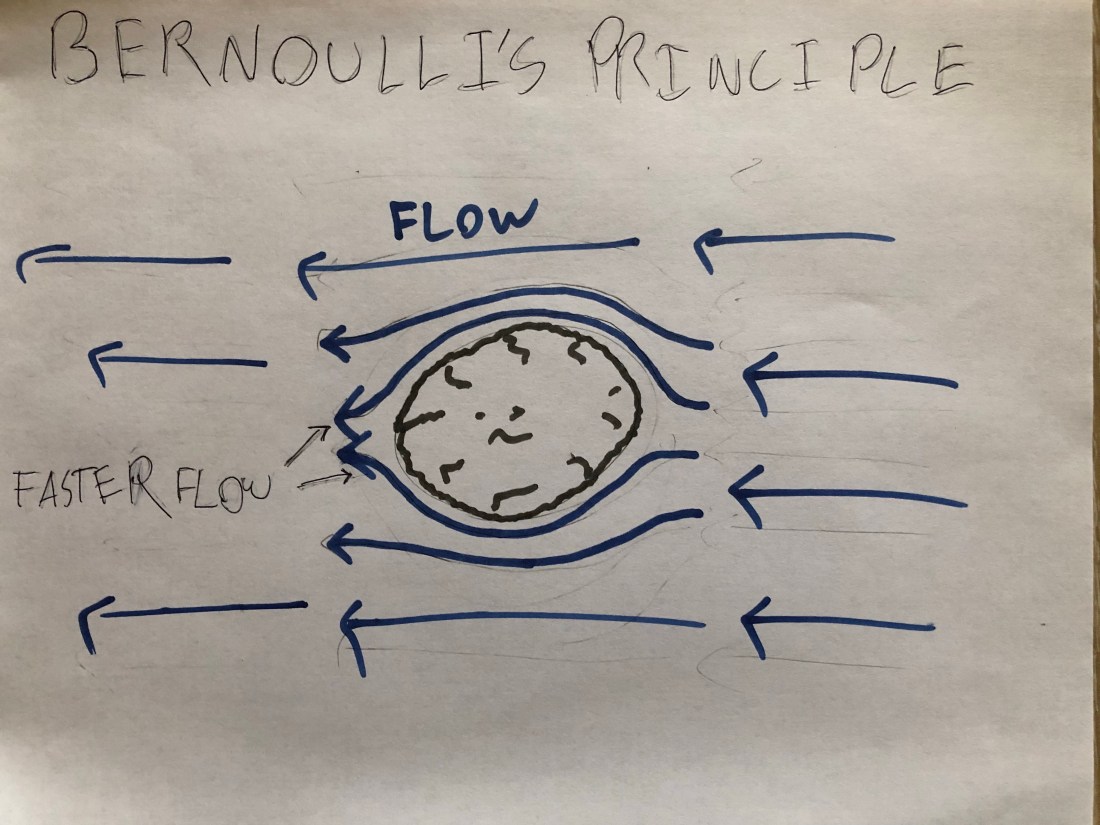As of writing, the United States of America has effectively surrendered to the novel Coronavirus. Our sitting Chief Executive has abdicated all responsibility, and there is no one else who is positioned to assume it. Furthermore, no one in a position of national political leadership has proposed any plan whatsoever for winning the war against COVID-19.
Instead, we are hurtling forward with a non plan that essentially amounts to the following: “Those who can afford to stay home will do so as long as they can, and everyone else must go back to work, with some minimal measures in place that we know won’t really stop the spread of the virus.” This is unacceptable in the U.S.A.
There is no question that “social distancing” measures put in place in an otherwise working economy will be utterly ineffective at containing the contagion. Despite the shutdowns across the country beginning in March, the rate of new cases nationally is still increasing, in May. The only difference between now and when the shutdowns were instituted is that there is more of the virus, not less. Opening the economy will inevitably cause the rates to go up exponentially, absent a rigorous population wide testing regimen, which we are nowhere close to implementing (or even planning). Even so, states are reopening their economies.
Why? Because people need to work. Obviously.
That, too, is inevitable. BUT, the complete absence of a credible plan for fighting, and beating the COVID-19, is not inevitable. We must have a plan; so I propose the following, which is broken down into three phases:
PHASE ONE: FIND THE VIRUS
PHASE TWO: BEAT THE VIRUS
PHASE THREE: KILL THE VIRUS
Each phase requires a number of simultaneous actions, organized at the federal level, and supported by the whole citizenry, without exception. Here are the steps:
Phase One: Find the Virus
– Rent Freeze
The number one expense for most Americans is rent, and rent payment is the primary reason that people in this country cannot remain at home, even if it is essential to save the lives of others, or themselves. Businesses without income cannot pay their rent. Therefore, all rent payments must be temporarily frozen (and not to accrue—meaning tenants are not liable for back rent once it is unfrozen).
– Debt Freeze
Landlords who are missing rent have their own debts, such as mortgages, and most Americans have debt payments of one kind or another. Therefore, in order to make it possible for all Americans to quarantine for an extended period, all debt payments must be frozen, and due dates pushed back by the duration of the war.
– Food Assistance
All those who cannot afford food without working must be supplied with food, as must the most vulnerable members of the population, who should not be going out at all. The federal government must organize and subsidize efforts at the state level to ensure that no American goes hungry.
– Subsidize Essential Work
The federal government must subsidize essential work, in particular healthcare and food supply, at all levels, from doctors to pickers. Wages must be increased through subsidy to encourage healthy Americans to perform essential tasks.
– Test the Population
The federal government must organize and provide materials for regular testing of the entire population. Estimates range from requiring 5 to 20 million tests performed per day.
Phase Two: Beat the Virus
– Trace, Isolate and Quarantine
Local governments must carry out contact tracing and quarantine procedures, including the isolation and support of nursing home residents and their staff.
– Build More Hospitals
The federal government must deploy the whole U.S. Military to begin rapid construction of new purpose built hospitals, in coordination with private construction companies, under the Defense Production Act.
– Train More Nurses
The federal government must organize a state by state emergency training program for nurses trained exclusively to treat patients with COVID-19. The states should commandeer empty colleges and universities to host these schools.
– Supply Real Masks to Everyone
There are masks that work, and masks that don’t, and the federal government must organize the supply of the highest rated masks available to the entire U.S. population.
Phase Three: Kill the Virus
– Reopen Economy
Only once our newly built medical response system is operational do we reopen the economy. Even with rent and debt freezes, we cannot go on indefinitely at severely reduced capacity, so the economy must be reopened as soon as it is feasible. The vulnerable population must remain quarantined, and supported. Economic activity, rents, and debt payments, may be phased back in gradually.
– Vaccine
Ultimately, to achieve victory we will need a vaccine, or our elderly and vulnerable will remain at risk, even should we achieve “herd immunity.” The world’s great minds are working on this day and night, and ultimately they will succeed.
In Summary:
The cost of inaction is astronomical;
We must have a plan to save lives, and livelihoods;
3 trillion dollars later, and the government hasn’t solved a thing;
Deploy the military;
Raise the citizenry;
Treat this like the war it is;
We must have a leader who will lead.




